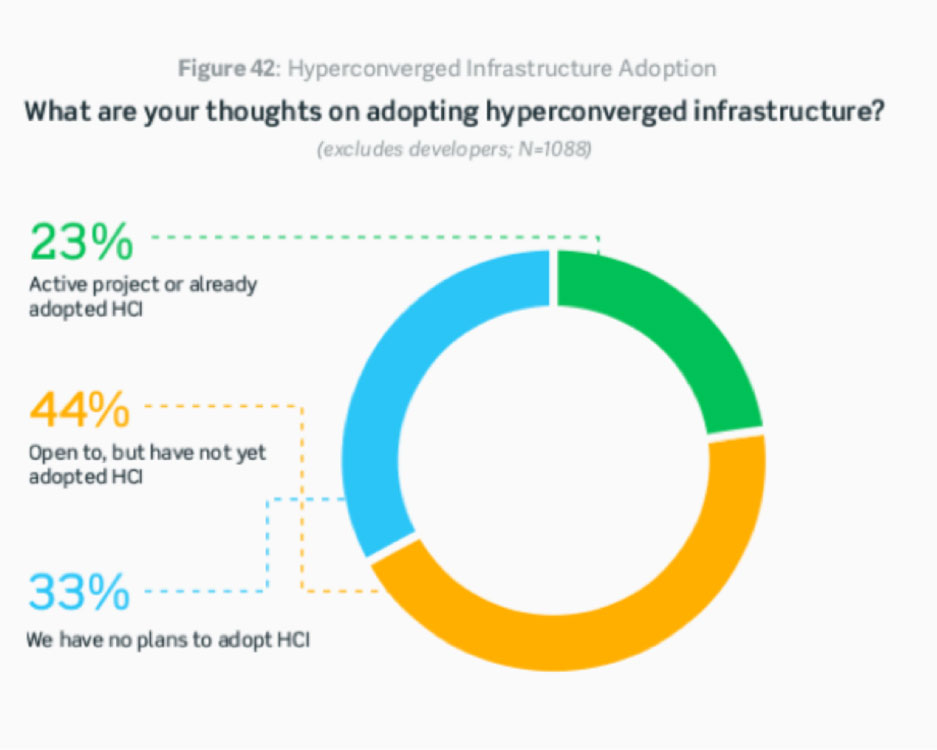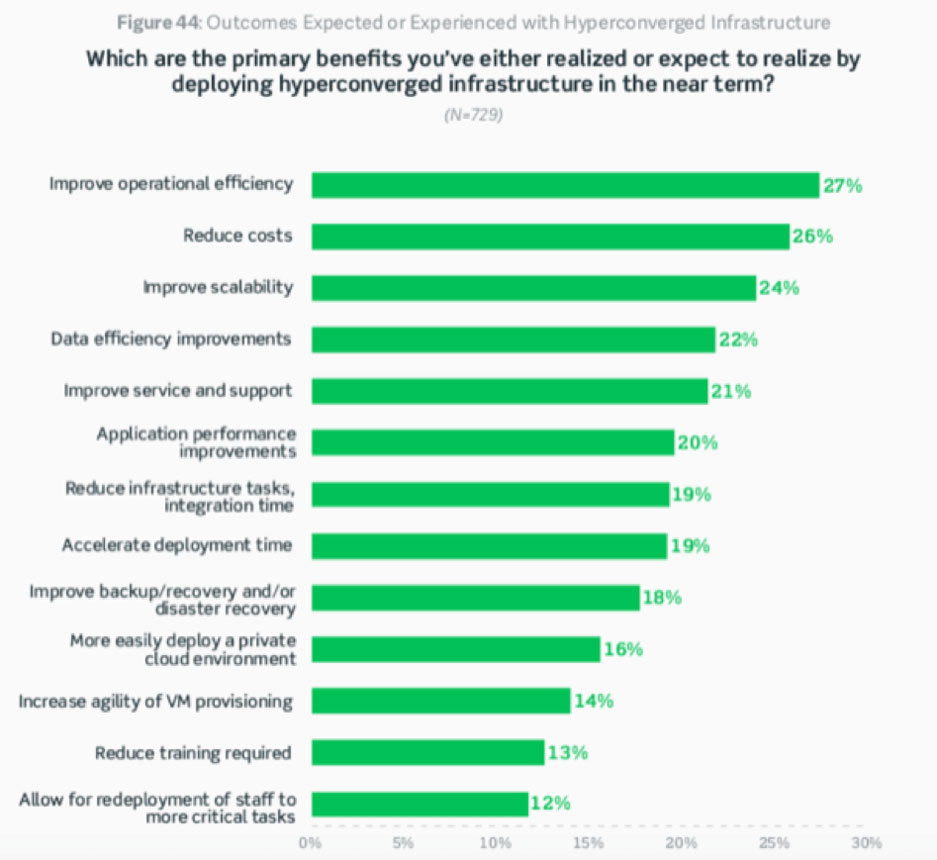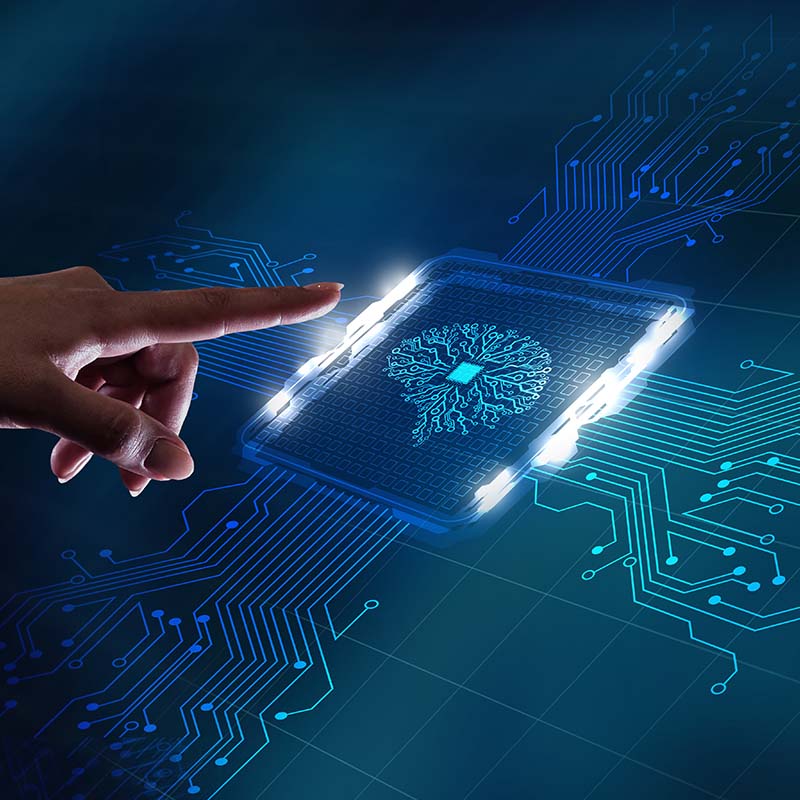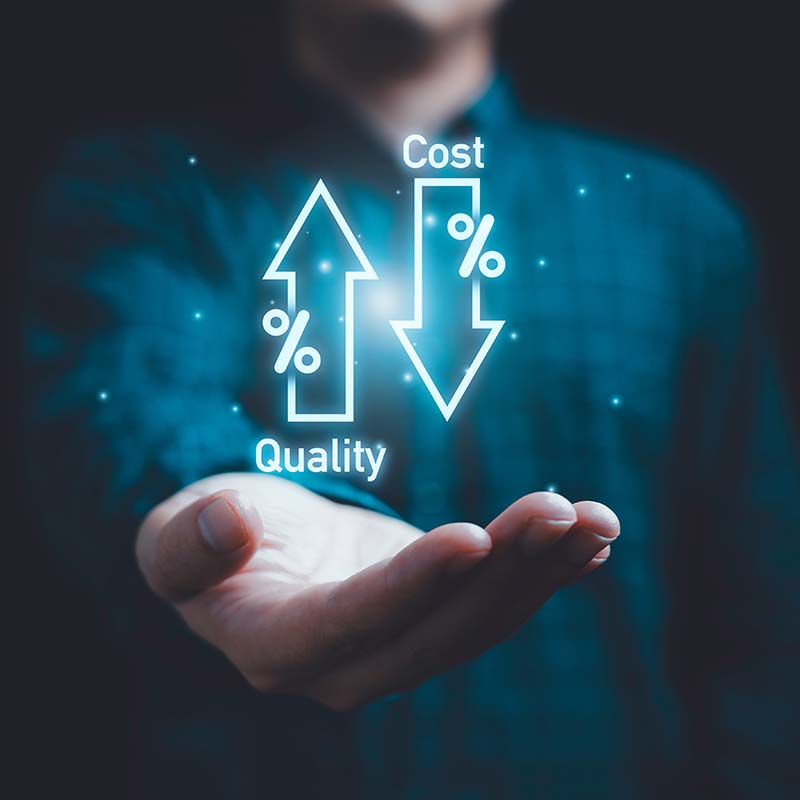A datacenter is the nerve center of any organization’s IT ecosystem. It’s essentially a set of servers that are networked together to help store, retrieve, analyze, process and deliver data and results across the organization. From the most basic email software, to app development platforms, to ensuring security for top-secret company data and financial records, some aspect of a data center is needed to keep these operations going.
Data centers used to be mammoth undertakings, occupying whole rooms with buzzing servers, routers, storage drives, cables and other paraphernalia. Over the past decade, the traditional data center has evolved with more integrated technologies and new cloud services. Whether or not a company’s data center is connected to public services creating a hybrid or multi-cloud environment, it’s always a good time for CIOs to see if their IT setup is optimized for their company’s needs. It’s not about keeping up with the Joneses – it’s about maintaining the integrity of data and applications essential to the business. It’s about optimizing IT infrastructure to improve productivity and ensuring the organization can focus on innovation rather than administrative work.
This article examines hyperconverged infrastructure and other developments in data center technology aimed at ensuring business continuity and protection from cyber-attacks.
Things Every Enterprise Data Center Needs
The right type of support infrastructure makes a good datacenter.
1. Uninterrupted Power Supply (UPS): This one’s a no brainer. Unless a data center generates its own power, it must invest in a set of connected UPS machines or have its very own backup generator, to ensure that critical business processes don’t break down or important data doesn’t disappear in the event of an unexpected power failure. Power distribution units that include intelligent power management capabilities are a great addition to a data center. Together with a UPS, they help record, track and effectively manage power usage across the datacenter.
2. Top-notch security: Security and access control systems limit who and how many people can go around your security measures. Not only does this protect data and applications, it also reduces company liability in case of a data breach. Many industries are bound by compliance requirements – such as HIPAA for health and medicine related businesses, PCI for businesses that process credit card payments, and so on. A datacenter that adheres to these regulatory requirements to the T automatically ensures that the business fulfills its compliance requirements adequately.
3. Climate control: Large air conditioners and cooling fans are the norm in most typical data centers. Many times, industrial HVAC systems with vents, ducts and clear pathways for airflow are needed to ensure hot air does not accumulate in isolated spots. Further, humidifiers must be set at the optimum levels to control the amount of moisture in the air. Even aligning server racks uniformly is part of standard procedure to ensure that data centers operate at full capacity without overheating.
4. Scalability: It’s essential to be able to expand or contract the number of servers and their supporting infrastructure to match the demands of the business. Data centers must also be designed to adapt to new technologies, especially new hardware, that may come up a few years down the road and need to be integrated with the existing setup. All of this requires a nimble, well-planned, and proactive approach to designing and managing data centers.
5. Software and manpower support: A well-trained staff of engineers is needed to babysit and troubleshoot data centers on an everyday basis. But increasingly, new technologies like hyperconverged infrastructure (HCI) and enterprise cloud operating systems make it easier for IT personnel to carry out routine checks and inspections to ensure maximum uptime to support business objectives.
Where Data Centers Go Next
The rows upon rows of servers that make up popular perception of data centers may soon become as rare as rotary phones in people’s homes.
A recent study by AFCOM shows that the average business has about 8.1 datacenters. Of these, 7.8 (or nearly all) would be renovated over the next 12 months. In other words, businesses see the value in matching their IT infrastructure as their technology and business grow rapidly.
A fast-rising new technology in the data center space is hyperconvergence. HCI replaces the siloed worlds of the traditional datacenter and combines in a single unit computational, storage and networking capabilities.







